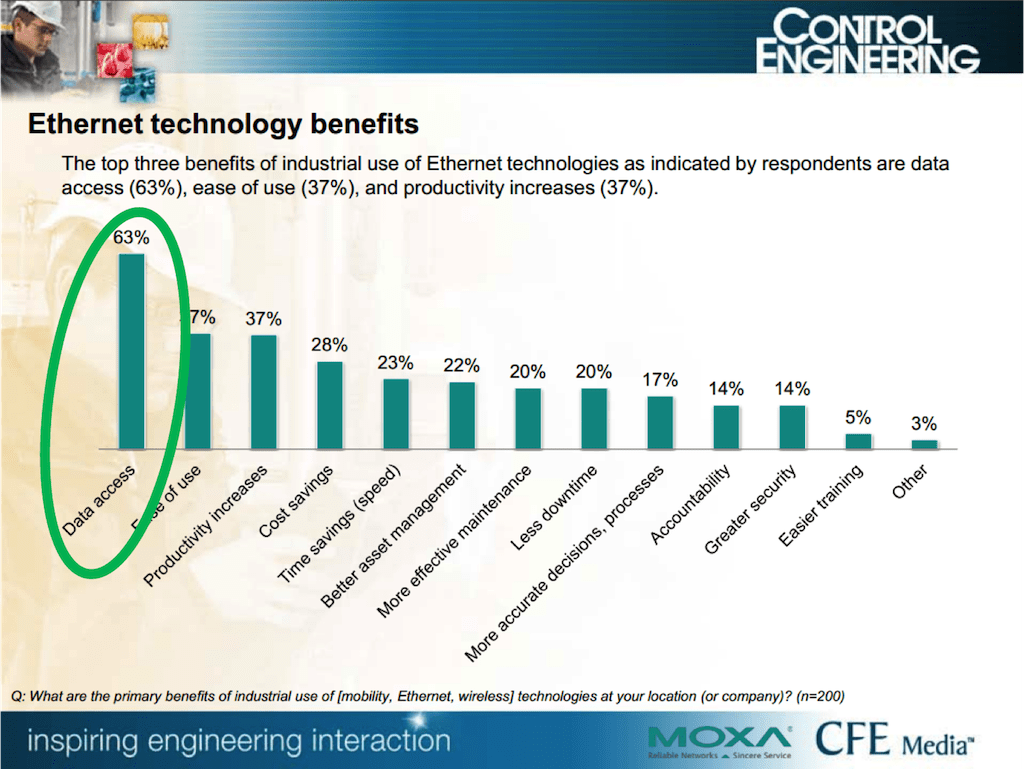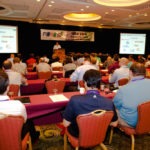Industrial Internet of Things (cont’d)
I’ve been asked to give a little background on the Industrial Internet of Things (IIoT) covered in the first GAM 14 post. In general, the Internet of Things refers to the collection of smart objects connected to the Internet. It can be broken down into three realms:
- Consumer
- Commercial
- Industrial
The “Consumer” market consists of things that we interact with in our daily lives: smartphones, cars, refrigerators (yes, even smart refrigerators). Some of these things have yet to join the “Internet of Things” and some already have. The “Commercial” market consists of things we don’t necessarily see, but affect our daily lives inherently: smart HVAC units, smart thermometers, lightbulbs, window shades, alarm systems, and so on. Finally, the “Industrial” market are assets from something as small as an I/O block or sensor to a PLC and all the way up to an entire machine, turbine, production line, or factory. PROFINET ‘plays’ in the latter of these, connecting machines, motors, sensors, and actuators in factories and processing plants.
Now you can go back and read the IIoT section of the last post. Done yet? OK, moving on.
You can define a ‘thing’ more loosely however and consider data as a thing. At a recent One Day Training Class, we opened up the floor to discussion on IIoT and one comment was:
“If the last decades were defined by companies trying to maximize efficiencies in their production, the next decades will be defined by maximizing data. Data is the new efficiency.”
Control Engineering did a survey last year about the benefits of adopting Industrial Ethernet, and PROFINET. By far and away the single biggest reason for doing so was data access:
Photo Gallery
With that out of the way, time to turn to the Photo Gallery:
Michael Bowne



















































